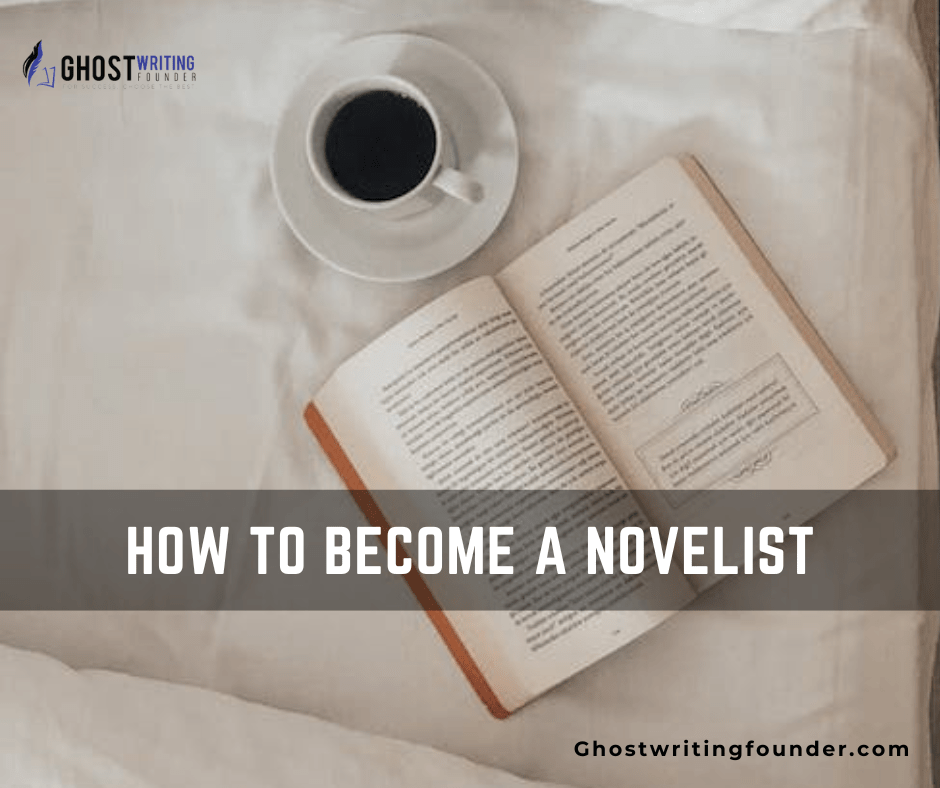
book writing
Storytelling is a remarkable art form that has captivated and connected people for generations.
At the heart of every compelling narrative lies a unique and engaging story idea, the seed from which stories bloom.
However, with a few helpful tips and prompts, you can explore the world of storytelling possibilities.
The Creative Process of Story Ideas and Prompts
Understanding why ideas are so important in writing is like realizing that every great story begins with a spark of imagination.
Interesting ideas grab the reader’s attention, make us feel something, and give each story its unique flavor. For writers, they’re like a roadmap, helping us figure out what happens in our tales.
Each story is different. Knowing a creative story idea can make us better at our love for writing.
Inspiration and Imagination:
Imagination is like a mental playground where the most extraordinary ideas are shaped. It involves envisioning scenarios, people, and places that might not exist in the real world.
When going into your imagination, you are giving your mind the freedom to roam, unrestricted by the boundaries of reality. This imaginative exploration can lead to innovative and exciting ideas.
For instance, it can help you dream up fantastical worlds, unique characters, or intriguing what-if scenarios that form the basis of your narrative.
Everyday events, personal encounters, and even hardships can become rich sources of creative material. Drawing from real-life experiences can infuse authenticity and relatability into your stories.
It allows you to explore themes and emotions that resonate with readers, making your storytelling more engaging and meaningful.
Observation and Exploration:
The art of observation involves paying close attention to the world around you. It’s about noticing the little details that often go unnoticed.
Describe scenes vividly make readers feel like they’re right there with the characters, immersed in the story.
This exploration might involve researching a new topic thoroughly or traveling to new places. You can also read engaging blogs from Ghostwriting Founder and gather viewpoints.
Mind Mapping and Brainstorming:
Mind mapping is a visual tool that empowers writers to unleash their creativity by organizing thoughts and ideas in a non-linear, interconnected way.
Therefore, effective brainstorming techniques provide a structured approach to generating ideas. They encourage free thinking, idea generation, and problem-solving, making overcoming creative blocks and producing innovative story concepts easier.
Also, collaborative brainstorming involves working with others to harness a diversity of perspectives and ideas.
Story Idea Generation:
Story idea generation is the process of conceiving and developing the fundamental concepts and themes that serve as the foundation for a narrative.
This stage is essential as it lays the groundwork for the plot, characters, and settings, ensuring that the resulting narrative captivates and resonates with readers.
It encompasses diverse approaches, from drawing inspiration from personal experiences and historical events to imagining what-if scenarios and character-driven narratives.
Character-Driven Ideas:
Character-driven ideas represent a distinctive approach to storytelling where the narrative’s core focus is on the characters. Similarly, this method emphasizes the characters’ significance in shaping a story’s plot and themes.
Writers who craft a story idea around characters prioritize the complexity of their personalities, their motives, and their journeys. The character’s emotions, relationships, and personal growth take center stage in the narrative, guiding the story’s overall direction.
The Art of Storytelling through Prompts:
Prompts for creativity are the key that unlocks the door to imaginative storytelling. These prompts come in various forms, such as words, images, themes, or concepts, and they serve as the initial spark that jumpstarts the creative process for writers.
Visual Prompts:
Visual prompts are a potent tool for igniting creativity and stimulating the imagination in the realm of creative writing. They leverage the power of images and visuals to inspire writers, offering a unique and compelling approach to generating a story idea. Critical aspects of visual prompts:
- Using Images for Inspiration
- Analyzing Visual Elements
- Translating Images into Words
Word Prompts:
Word prompts are the building blocks of imaginative writing. They are single words or short phrases that serve as creative triggers for writers. These prompts can evoke emotions, associations, and vivid imagery in the writer’s mind, often leading to unexpected and inventive ideas.
Therefore, the following are some elements of word prompts:
- Harnessing the power of words
- Language and its impact
- Word associations and connotations
Theme and Concept Prompts:
Writers use theme and concept prompts to create stories that reflect on the human condition, societal issues, morality, and the essence of existence.
Also, this approach encourages literary depth and often leads to stories that resonate with a wide range of readers, inviting them to ponder the complexities of life and society long after the final page is turned.
- Building narratives around themes
- Exploring abstract concepts
- Philosophical prompts
Prompts in the Editing Process:
Prompts in editing are valuable tools for refining and enhancing a written work. While writing focuses on the initial creation of a story, the editing stage is where a piece truly takes shape and reaches its full potential. Prompts here serve as guides, asking questions and pointing out areas for improvement.
- Refining your story with prompts
- Enhancing plot and character development
- Feedback and improvement
Essential Elements and Detailed Insights
| Aspect of Storytelling | Description | Key Points |
|---|---|---|
| Creative Process | Understanding the importance of ideas in writing and how they serve as a roadmap for storytelling. | – Spark of imagination – Ideas as a roadmap |
| Inspiration & Imagination | The role of imagination in creating unique story elements and drawing from real-life experiences. | – Mental playground – Real-life experiences |
| Observation & Exploration | The importance of detailed observation and exploration in storytelling. | – Noticing details – Research and travel |
| Mind Mapping & Brainstorming | Using visual tools and structured techniques for idea generation. | – Organizing thoughts – Collaborative brainstorming |
| Story Idea Generation | Developing fundamental concepts and themes for a narrative. | – Plot, characters, settings – Diverse approaches |
| Character-Driven Ideas | Focusing on characters to shape the story’s plot and themes. | – Character complexity – Emotional journeys |
| Art of Storytelling Through Prompts | Using various prompts to unlock creativity and refine the writing. | – Visual, word, theme prompts – Editing process |
Conclusion:
The ability to think outside the box and push past our comfort zones opens up a world of possibilities, allowing us to craft unique and captivating stories that resonate with readers.
Writing is a journey of continuous growth and improvement. The more you write, the better you will generate a fresh and captivating story idea.
Trust in your creativity, persevere through moments of uncertainty and never be afraid to take risks. With time, practice, and some inspiration, you will become a master storyteller.
Surround yourself with a supportive community of fellow writers who can offer feedback and encouragement.









Leave a Reply